The Grotta Azzurra was a nymphaeum in Roman Antiquity
Blue Cave is a marine cave located on the northwest coast of island of Capri , in southern Italy, which is famous for its waters of a bright blue, as come from another world. The fluorescent glow comes from a large underwater opening under the entrance of the cave used by the boats to visit it, which illuminates the water from the cave down, as neon make in a swimming pool. Known since the Roman era, the intense and brilliant blue reflections de la Grotte have fascinated visitors so far.
The Blue Cave is 60 meters long and 25 meters wide. 150 meters separate the surface of the water from the cave to the sandy background. The light in the cave comes from two sources: one is a small hole in the cave wall, precisely at the buoyancy line, which is a meter and a half in diameter, and used as the entrance door of the cave. The second source of light is a larger submerged hole, which is directly below the orifice that serves as an entrance, and which is responsible for the majority of lighting.
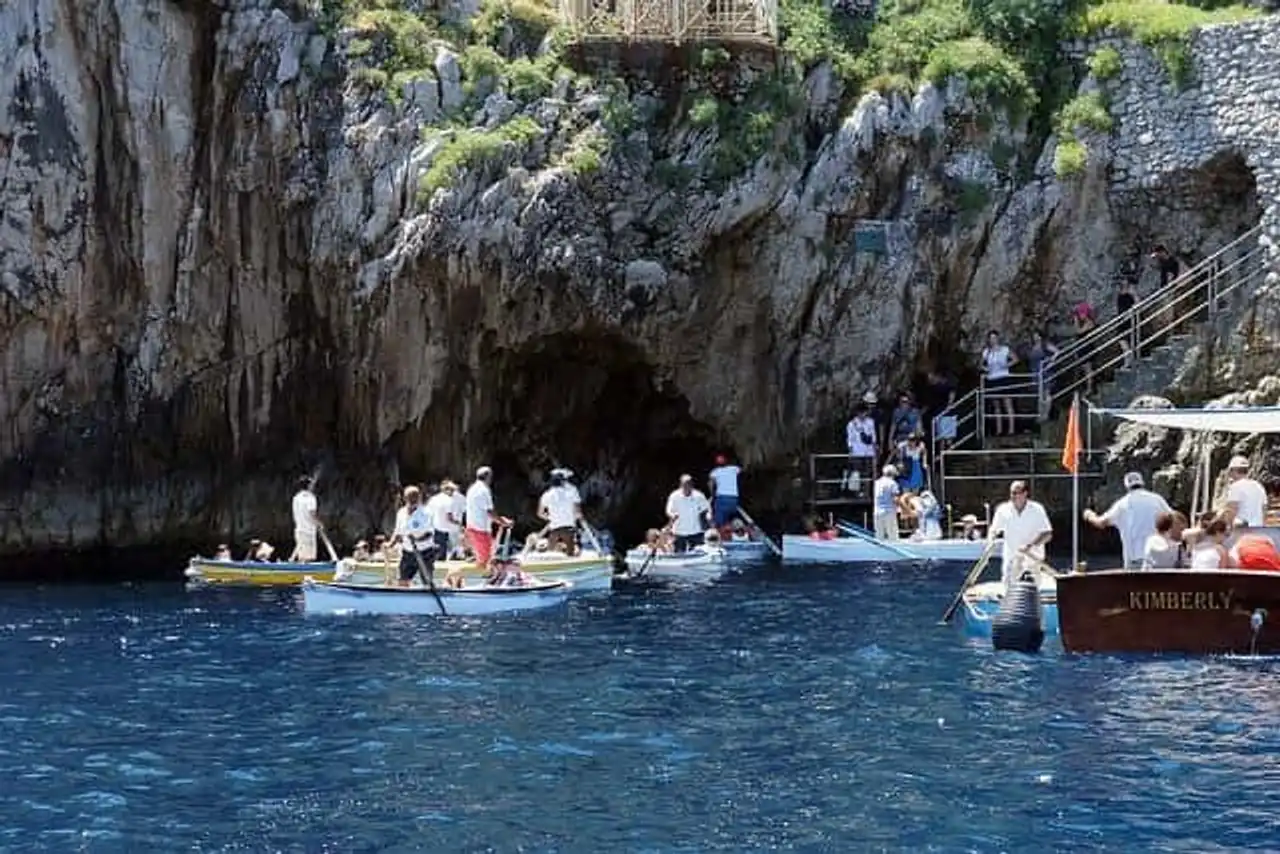
Flickr – Robert Patton
The cave was known by the Romans as evidenced by the ancient statues that were found in the cave. It is believed that the cave was the personal swimming pool of the emperor Tiberius when he installed the capital of the Roman Empire on the island in 27 AD. At the time of Tiberius, the cave was decorated with several statues of Roman gods that were discovered in the cave and it is believed that there could be more resting in the depths. The cave was known to the premises under the name Gradola , according to the name of the landing place near Gradola, but the place was avoided because the people thought the cave was occupied by witches and monsters.
Blue Cave was largely forgotten until his rediscovery in 1826, by Polish poet August Kopisch and his Swiss friend, artist Ernest Fries. Kopisch was very impressed by the beauty of the cave and described it in his book Entdeckung der blauen Grotte auf der Insel Capri (Discover the Blue Cave on the island of Capri). Since then, the Grotta Azzurra became the emblem of the island of Capri attracting tourists from all over the world. Two years later, German poet Wilhelm Waiblinger wrote a hymn to his glory as a tribute to the era of romance and to the “return of man to nature”. She then inspired Hans Christian Andersen's novel The Improvizer in 1835, a 19th century bestseller that triggered an uninterrupted flow of tourists in Capri.
[object Promise]
A new project of the association Marevivo aims to restore the cave to its Roman appearance, with copies of Roman statues.
How to go to the Blue Cave of Capri?
The Blue Cave is accessible by boat from Marina Grande, or by bus from Anacapri, or by walking on the well marked path. Any access to the cave is impossible on wind days or when there are waves. From Naples , just take a ferry to the island of Capri and follow these directions.
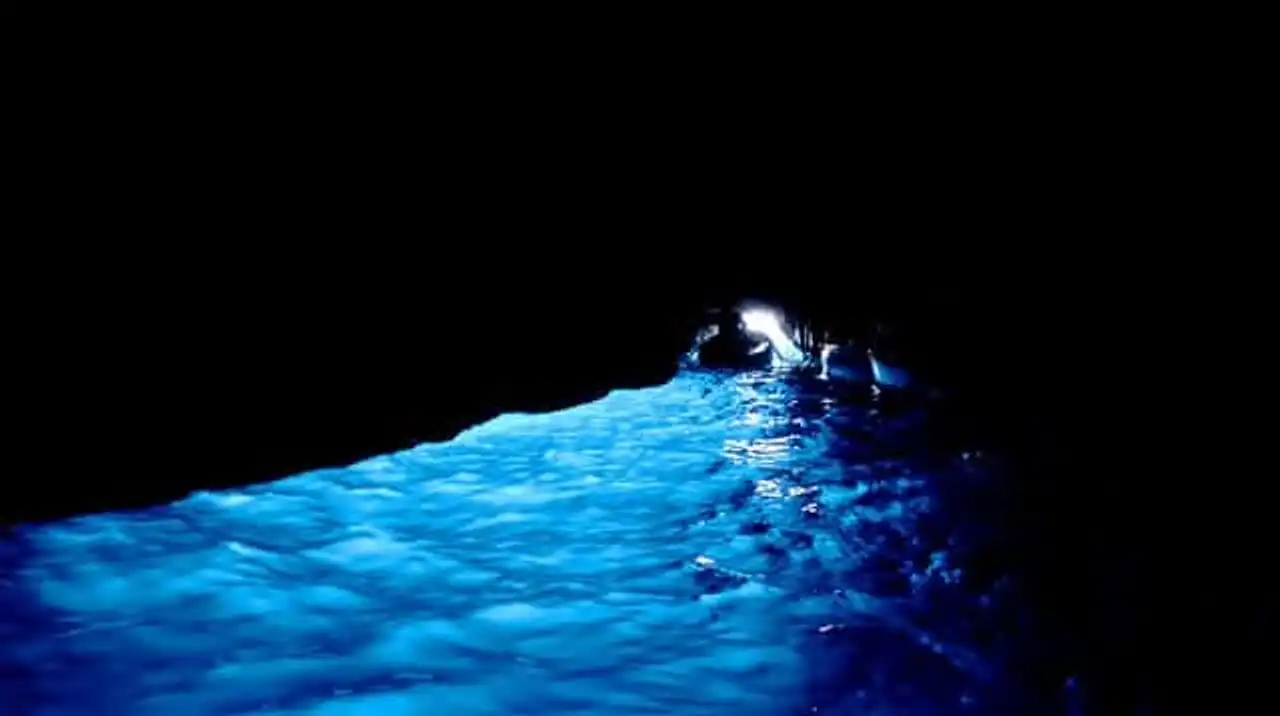
Flickr – paul.hartrick
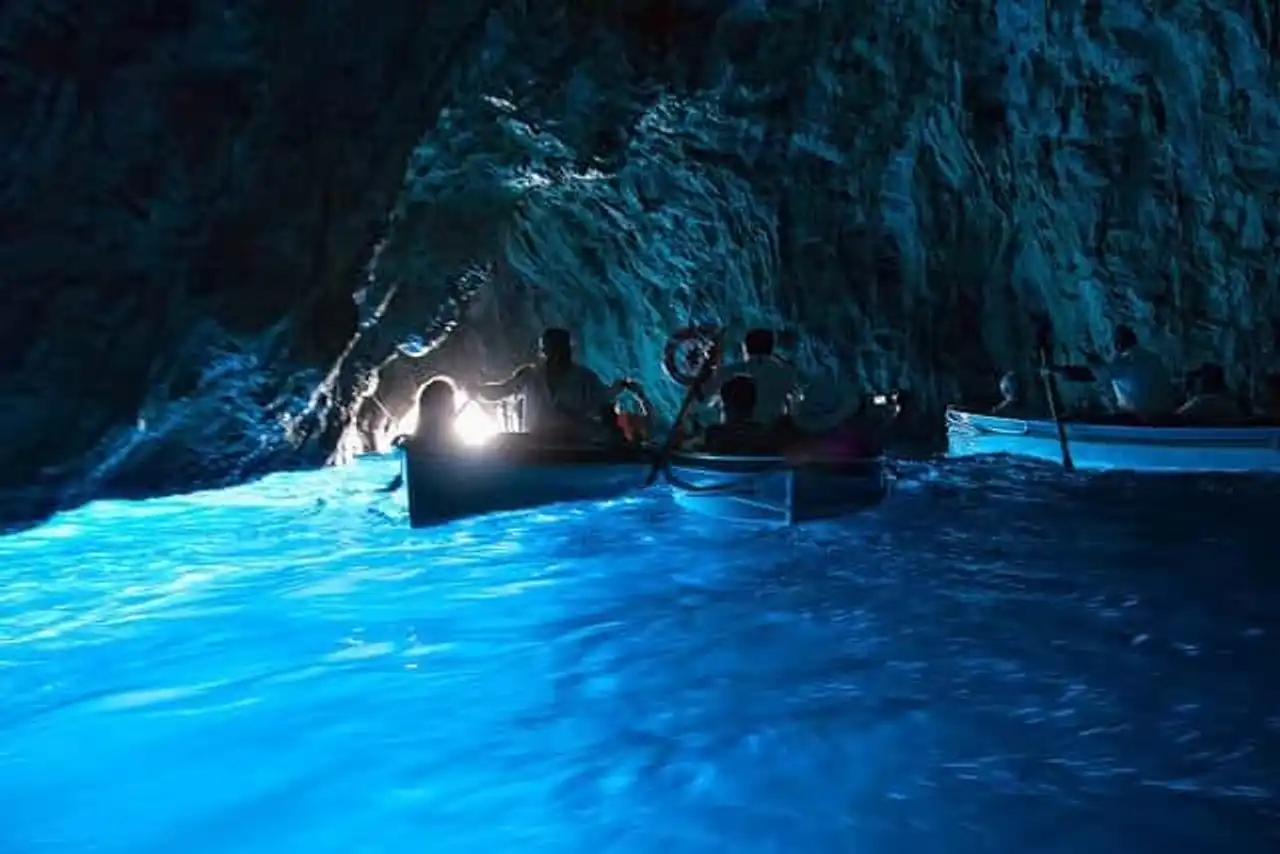
Flickr – Ulrich Jakobsson
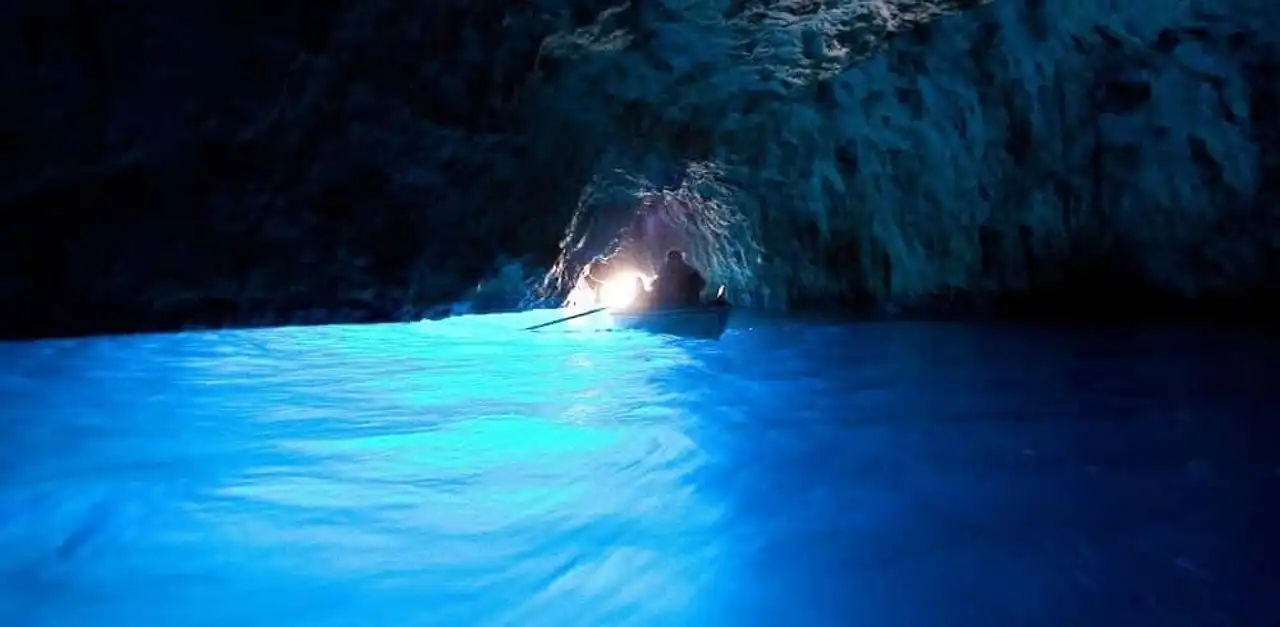
Flickr – apeofjungle
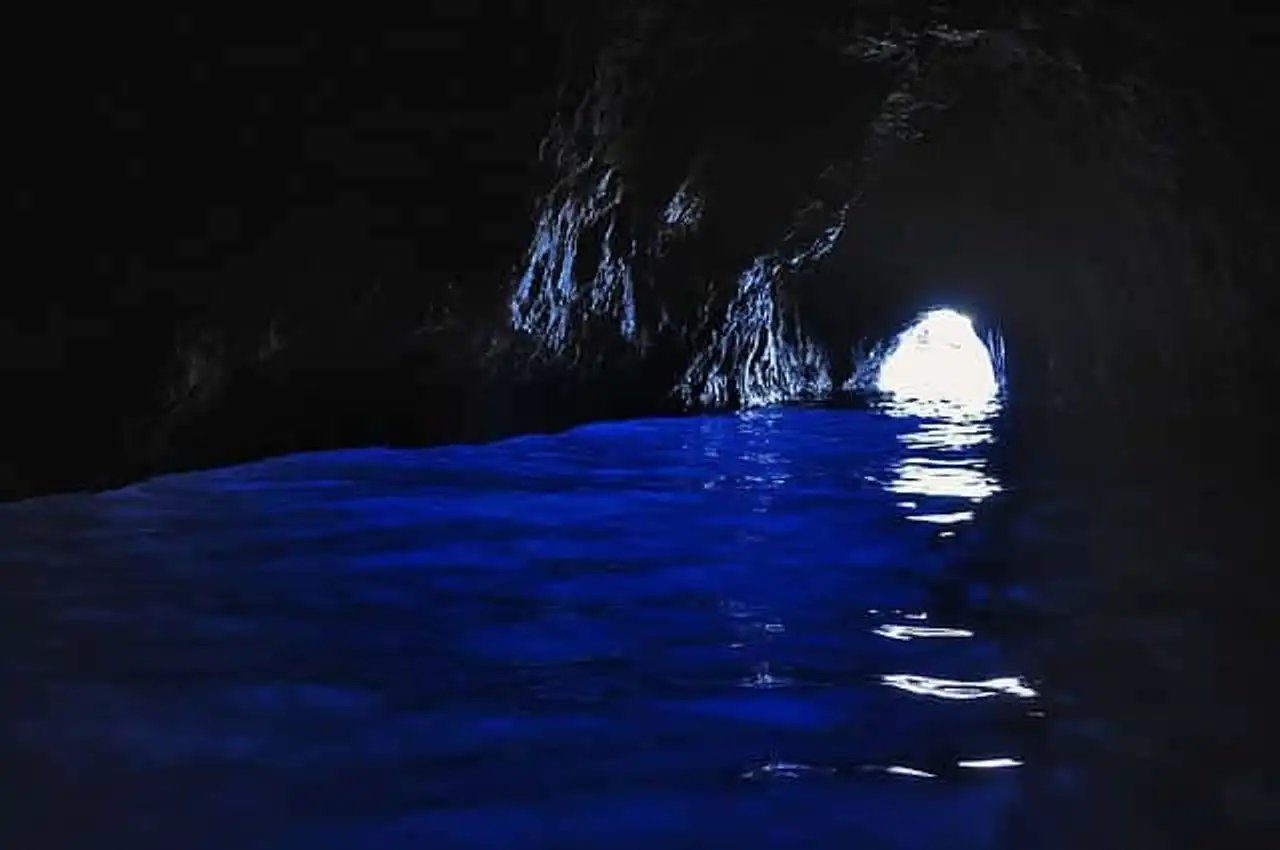
Flickr – Dr Tr
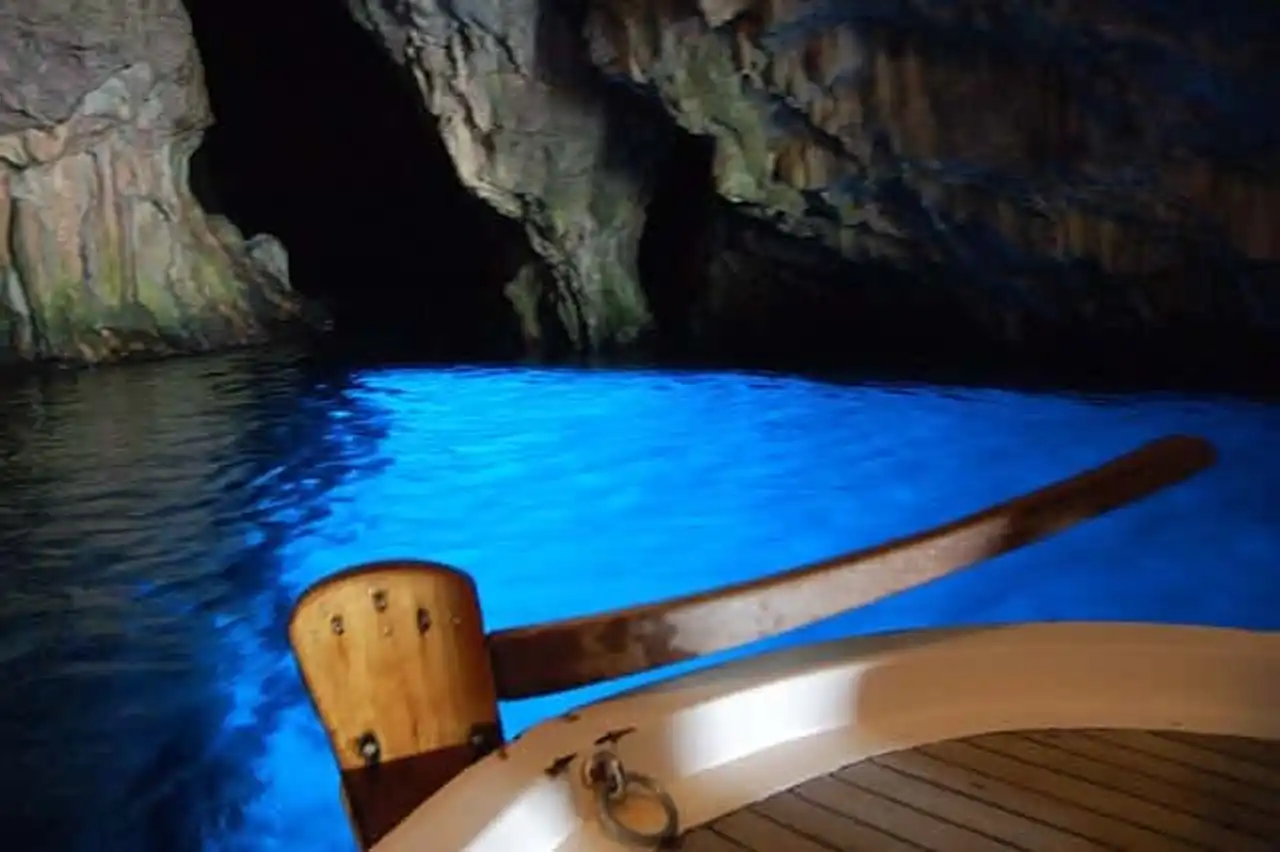
Flickr – giulio nepi




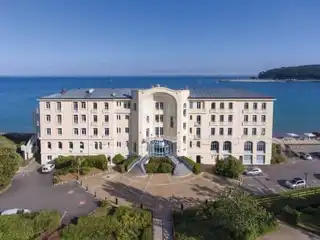
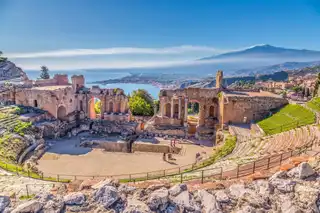
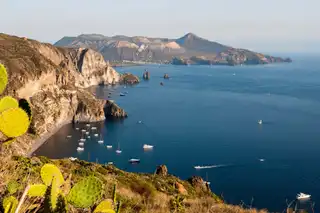
Loading comments ...